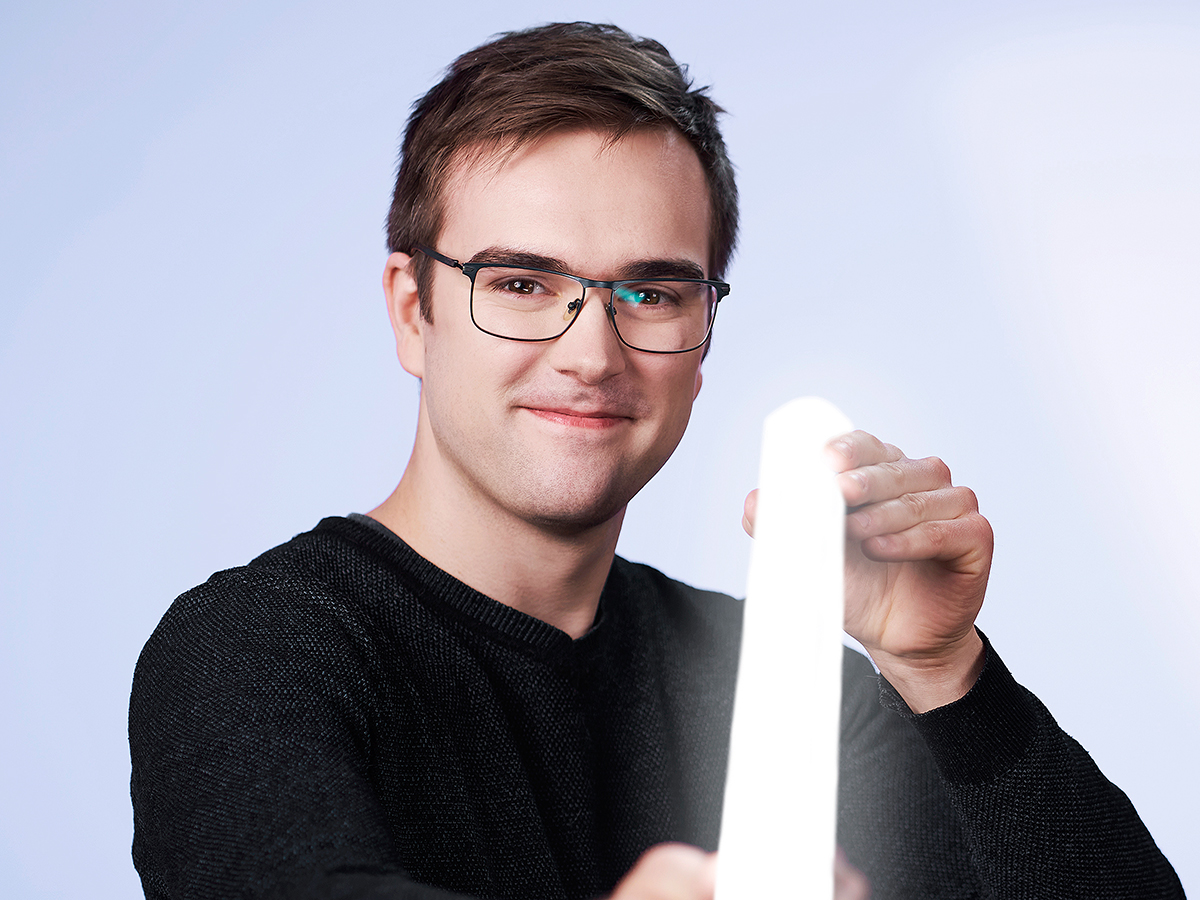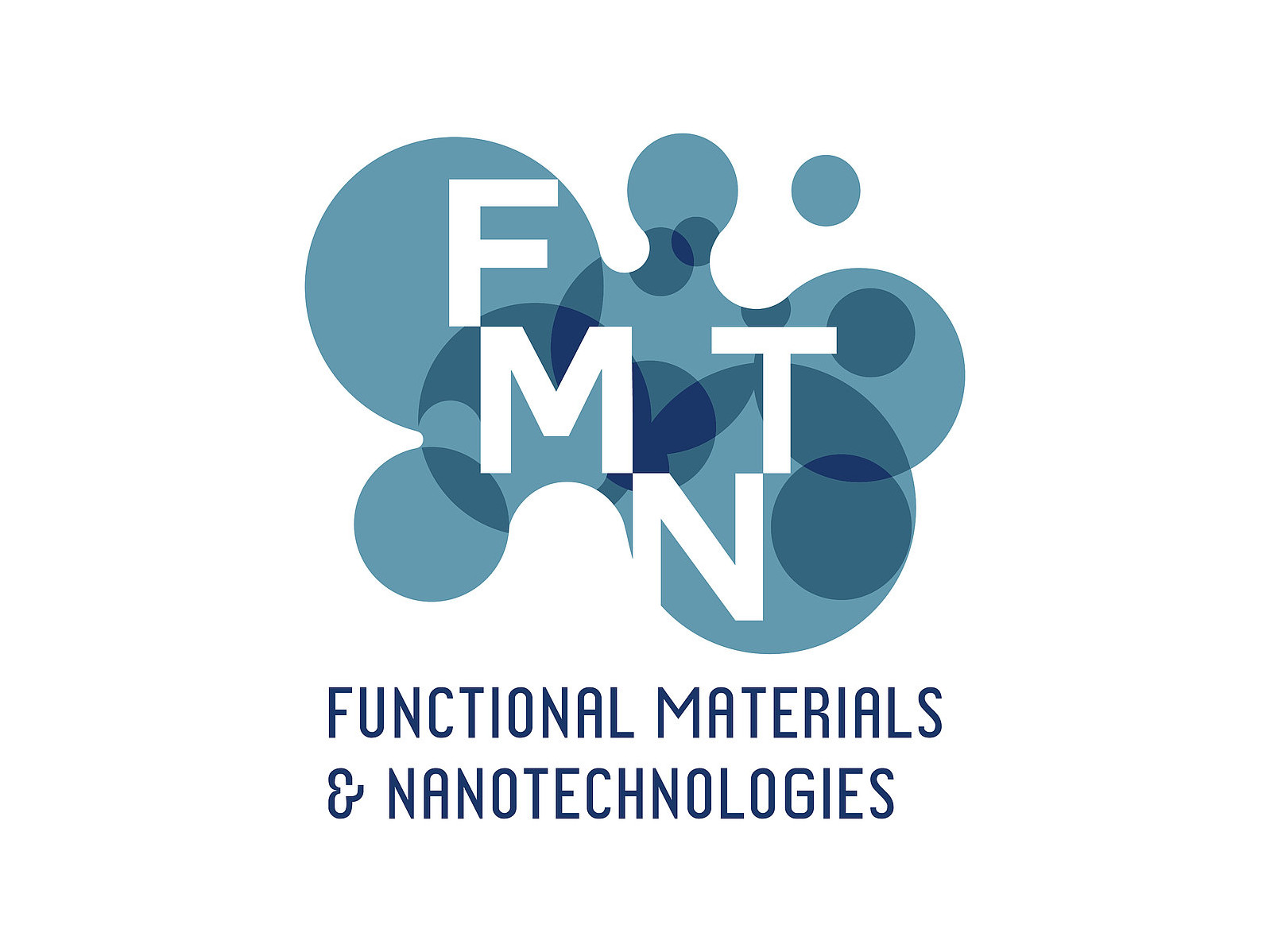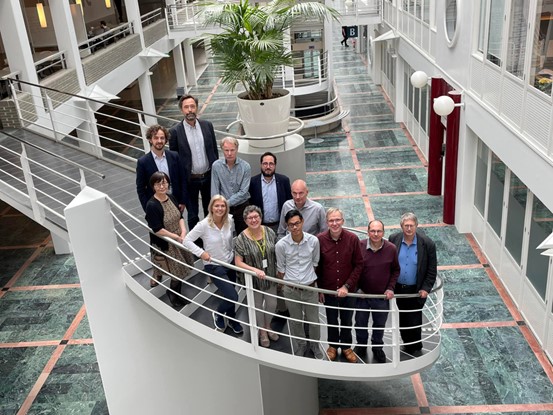On June 12, National Television (LTV1) morning news program “Rīta Panorāma” broadcasted a story about the development of smart buoys carried out at the ISSP UL. Such buoys are intended to be placed in seas, lakes, or oceans to obtain online data on water quality and pollution close to laboratory measurements. This technology will be beneficial in the future, for example, for fish farms or municipalities that need to control beach water quality.
In the story, Aleksejs Zolotarjovs, the leading researcher and the head of the Laboratory of Optical Materials at the ISSP UL, talks about the research and development of the smart buoys that are planned to be commercialized. He explains: “The basic way to get a comprehensive and complete data quality assessment is to take a water sample, deliver it to the lab, do a set of experiments, and get the results. The process is very long as you have to physically go to the place, take the sample, take it to the lab, measure it, and draw conclusions.” However, data is often needed immediately, not hours or even days later.
Although various buoys with sensors have been available in the world for some time, the ISSP UL’s scientists offer a new solution that will allow obtaining accurate information about water quality right away online.
The researcher continues: "The buoy we are working on will use a microspectrometer, which appeared commercially on the market only two or three years ago. It has not yet been applied to water analysis in the way we intend to use it. But it provides the quality of data very close to the one obtained in the laboratory. Marine fish farms experience rapid changes in water quality that can endanger the fish. This spectrometer and its data, if properly processed, can provide super-fast feedback to farm supervisors or owners to try to save, repair, or relocate the farm.”
With the help of this microspectrometer and other sensors, it will be possible to detect a series of harmful substances in the water and determine when the plankton blooms. It could also detect external pollution, such as oil products. Everything is based on the development of a precise algorithm that allows processing the data obtained by the sensors and drawing accurate and correct conclusions. Smart buoys are a relatively cheap solution. The first test prototype will be put into the water this year.
The full video in Latvian is available here.



